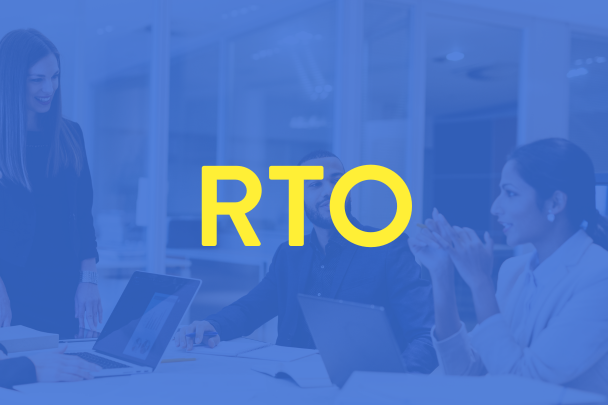You probably already know that onboarding has a big impact on the success of your new hires. In fact, a study by the Brandon Hall group found that a good employee onboarding experience can improve new hire retention by 82%. It even boosts productivity by 70%.
Do you know if your onboarding process is reaching those numbers? If it’s like 58% of employee onboardings that consist mostly of a bunch of paperwork, the answer is likely to be no. So what can you do?
The first thing to remember is that onboarding success begins during the interview process. You want to ensure you maintain a highly positive candidate experience for all your possible new hires from the first phone screening, all the way to extending the offer. At this early stage, every interaction counts!
Once you’ve successfully made the hire, follow these 4 steps to ensure employee onboarding success and maximize your onboarding experience.
Employee Onboarding Success: Phase 1
The Week Before The Start Date
Stepping into a new job, even one that you’re excited about, can be extremely stressful and anxiety provoking. It’s not unlike being the new kid your junior year of high school. To lessen the anxiety that can present itself during the anticipation period leading up to the start date, think of ways to make the candidate feel at ease. Send your new employee a welcome email from the team. If you’re a bit more creative, a short welcome video taken with your iPhone can start creating a real connection even before they start.
It’s equally important to make sure everyone internally is on the same page. This means that various teams and all stakeholders are not only aware that there is a new addition to the company, but that everyone clearly understands the new employee’s role and purpose.
You’ll also want to be sure that things like workspace, phone, computer and any relevant access codes have been assigned and are in place. Scrambling to set up on the first day sends the message that the company isn’t organized and can leave a new employee feeling uncertain and uneasy.
Employee Onboarding Success: Phase 2
The First Day
A swag bag with company-branded items offers new employees an immediate sense of connection to the organization and its people. But unfortunately, this is where many companies stop and that would also mean the end of employee onboarding success. Day one should be well organized and scheduled. Don’t overload them with too much learning, especially isolated learning, as most of it won’t be retained.
A great way to start the day is with a full office tour and an office orientation that goes over the most important things a new hire needs to know their first day. If this is a higher-level candidate that will be collaborating with various top level executives, mini 1:1 meetings with stakeholders can be helpful to better understand the different departments, their overall business objectives and how they can help. A 1:1 with their manager to recap the long-term vision for their role and to have clearly defined short term goals is a must. The beginning of a new job is often a period of uncertainty. Usually that stems from a new employee not knowing what to prioritize in their work.
Assign your new hire a mentor on the team or a department within your organization, depending on size and structure. Instituting a mentor program if you don’t have one can be a benefit in several ways. The new hire has a designated person to go to for support. In the case of someone learning a new industry, it can be helpful for them to shadow the mentor and have questions answered in real time rather than saving them for meetings with their manager. Additionally, it can help other members develop leadership skills and prepare them for a management role.
A team lunch is always a must. Remember this is the first day of junior year at a new high school, and there’s nothing more vulnerable than holding a tray and wondering where to sit.
Employee Onboarding Success: Phase 3
Weeks 1 and 2
Onboarding success goes beyond day one. During the first two weeks of employment, it’s important for the new hire to develop greater insight into the company and specific knowledge of relevant processes and procedures. Various mini-training sessions on things that will be used immediately should be implemented at this time. As much as the role permits, give them achievable tasks they can successfully complete. This will prime them to feel secure with the change and their new role.
This is also a great time for forging deeper relationships with the team. Setting up coffee connects or lunches with a different team members can be a great way to achieve this.
Employee Onboarding Success: Phase 4
Weeks 3 and 4
Now it’s really time to get rolling. This is a great time to assign your first big task. By now, your new hire should have met all top leaders (utilize technology for virtual introductions rather than postponing).
The manager should have a check-in meeting during this time as well. However, this isn’t to evaluate performance. The sole focus should be on the employee’s experience. Questions should focus on how s/he is doing in the new role and aim to uncover any concerns. It’s also a great time to offer positive feedback that has been received on the new hire. Unless there is a serious reason to offer constructive criticism, try to avoid it. At this point you really want to solidify their sense of security and well-being in their new home. The results will not only be onboarding success but lasting results in retention and productivity.











